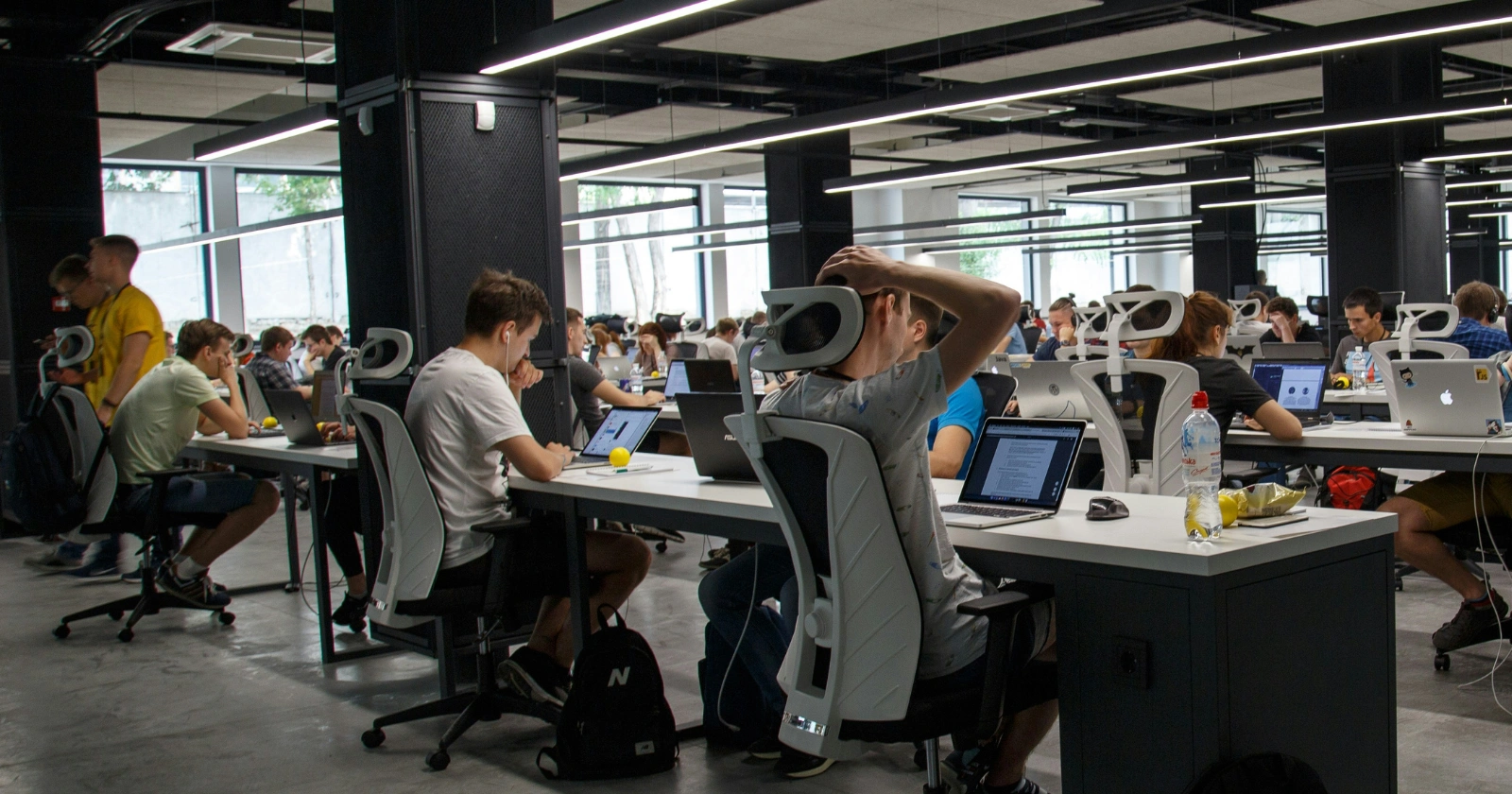As artificial intelligence accelerates at an unprecedented pace, experts sound alarms over its potential to reshape the global workforce dramatically. Roman Yampolskiy, a prominent computer science professor at the University of Louisville, recently highlighted the risk of AI triggering widespread unemployment, projecting that 99 percent of jobs could disappear by 2030.
This forecast aligns with ongoing developments from leading companies like OpenAI and Apple, which continue to innovate in ways that could amplify these disruptions.
From custom chip production to enhanced virtual assistants, the AI landscape evolves rapidly, raising questions about economic stability and human purpose in an automated world.
The Growing Concern Over AI-Driven Unemployment
Warnings about AI’s impact on employment have intensified in recent months, with Yampolskiy’s statements capturing global attention. During an appearance on the Diary of a CEO podcast, he emphasized that artificial general intelligence, capable of matching human-level cognition, might emerge as early as 2027. This advancement would automate not only digital tasks but also physical labor through humanoid robots, leading to unemployment levels unseen in history. He argued that professions ranging from drivers to educators could be replicated by AI systems trained on extensive datasets, dismissing common underestimations of this threat.
This perspective echoes sentiments from other industry leaders. Geoffrey Hinton, often called the godfather of AI, has previously stated that AI will replace most white-collar roles without generating sufficient new opportunities to compensate. Similarly, Dario Amodei, CEO of Anthropic, predicted in May that AI could eliminate half of entry-level white-collar positions within one to five years, potentially pushing unemployment rates to 20 percent. Recent data from the St. Louis Federal Reserve supports these claims, showing faster unemployment rises in AI-exposed roles like those involving spreadsheets, coding, and data dashboards since 2022. Blue-collar and service-oriented jobs, by contrast, have experienced less change.
Public discourse on platforms like X reflects mounting anxiety. Users discuss AI stagflation, where lower interest rates fuel AI investments but accelerate job displacements, exacerbating social issues such as anti-immigrant sentiments. One post highlighted the need for rapid job creation to mitigate worsening conditions, while another pondered government responses to AI’s encroachment on office workspaces. These conversations underscore a broader societal shift, where AI’s efficiency promises abundance but threatens traditional employment structures.
Research from trusted sources further substantiates these risks. A report by the National Interest warns that AI could widen inequality by hitting white-collar workers hardest, urging swift policy interventions in education and skills training. The International Monetary Fund, in a 2024 analysis, estimated that AI might affect up to 40 percent of global jobs, with advanced economies facing greater exposure (source: IMF.org). Meanwhile, a McKinsey Global Institute study from 2023 projected that automation could displace 800 million workers by 2030, though it noted potential for job creation in AI-related fields (source: McKinsey.com). These findings suggest that while some roles in AI oversight and ethical governance may emerge, the net loss could be substantial without proactive measures.
OpenAI’s Strategic Push for Independent AI Infrastructure
In a move to bolster its technological autonomy, OpenAI plans to produce its first in-house AI chip in partnership with Broadcom, with mass production slated for 2026. This development aims to meet the escalating computational demands of training and operating generative AI models, reducing reliance on external suppliers like Nvidia. Reports indicate that OpenAI has collaborated with Taiwan Semiconductor Manufacturing Company for fabrication, incorporating AMD chips alongside Nvidia’s to diversify its infrastructure.
This initiative reflects broader industry trends toward vertical integration. As AI models grow more complex, companies seek cost-effective ways to scale. Bloomberg reported that Broadcom’s involvement has already boosted its shares, signaling investor confidence in AI hardware’s growth. OpenAI’s efforts align with similar pursuits by competitors; for instance, Google has developed its Tensor Processing Units, and Amazon Web Services offers custom silicon through Graviton processors (source: AWS.amazon.com). By controlling its chip supply, OpenAI positions itself to innovate faster, potentially accelerating the very advancements that fuel job automation concerns.
The implications extend beyond efficiency. Custom chips could lower barriers to AI deployment, enabling more widespread adoption across industries. A Reuters analysis noted that this partnership underscores the semiconductor sector’s pivotal role in the AI boom, with global chip sales projected to reach $600 billion by 2026 (source: Reuters.com). However, this progress raises environmental questions, as AI training consumes vast energy resources. According to a 2024 study by the International Energy Agency, data centers could account for 8 percent of global electricity by 2030 (source: IEA.org).
Apple’s Aggressive Entry into the AI Arena
Apple has intensified its AI strategy, reportedly engaging in advanced talks with Google to integrate Gemini models into an upgraded Siri. This collaboration would create a hybrid system where Apple’s on-device AI handles privacy-focused queries, while Gemini manages complex, web-based requests. The deal, potentially launching with iOS updates in spring 2026, follows Apple’s explorations with alternatives like Anthropic’s Claude and OpenAI’s ChatGPT.
Complementing this, Apple prepares to unveil “World Knowledge Answers,” an AI-powered search tool integrated into Siri, Safari, and Spotlight. Described as an answer engine, it will deliver multimodal responses combining text, images, videos, and local insights, powered by Google’s custom AI models on Apple’s Private Cloud Compute servers. This positions Apple as a direct competitor to Perplexity, ChatGPT, and Google’s own AI offerings, marking its most ambitious foray into generative search.
These moves highlight Apple’s shift from a privacy-centric approach to embracing partnerships for rapid advancement. Bloomberg insiders suggest the tool could revitalize Siri, which has lagged behind rivals in conversational depth. Industry analysts, including those from Mashable, note that negotiations with Anthropic faltered over pricing, making Google a cost-effective choice. Broader research from Gartner predicts that by 2027, AI assistants will handle 30 percent of enterprise searches, transforming user interactions (source: Gartner.com).
Navigating the Future: Challenges and Potential Solutions
The convergence of these developments paints a picture of an AI-driven economy teeming with innovation yet fraught with risks. Yampolskiy stresses that beyond economic fallout, the real challenge lies in addressing human fulfillment, as jobs often provide identity and social connections. Solutions like universal basic income gain traction; Elon Musk has advocated for UBI in light of AI’s productivity gains (source: CNBC.com). On X, discussions emphasize reskilling and policy support to ease transitions.
To illustrate varying expert views, consider the following table of AI job loss predictions:
| Expert/Source | Predicted Job Loss | Timeline | Key Focus |
|---|---|---|---|
| Roman Yampolskiy (University of Louisville) | 99% of all jobs | By 2030 | AGI and humanoid robots automating digital and physical labor |
| Dario Amodei (Anthropic CEO) | 50% of entry-level white-collar jobs | 1-5 years | Unemployment spiking to 20% as AI replaces routine tasks |
| Geoffrey Hinton (AI Pioneer) | Most white-collar roles | Imminent | No offsetting new jobs in an fully automated world |
| IMF (2024 Report) | Up to 40% of global jobs affected | By 2030 | Greater impact on advanced economies (source: IMF.org) |
| McKinsey Global Institute (2023) | 800 million workers displaced | By 2030 | Potential for new AI-related roles but net loss likely (source: McKinsey.com) |
This table reveals a consensus on significant disruption, though timelines and scopes vary. Policymakers must prioritize workforce retraining; the World Economic Forum’s 2023 Future of Jobs Report estimates 85 million jobs lost but 97 million created by 2025, albeit skewed toward tech-savvy roles (source: WEF.org).
In conclusion, as AI propels forward with initiatives from OpenAI and Apple, the specter of mass unemployment demands urgent attention. Yet, this era also holds promise for unprecedented prosperity if societies adapt wisely. Balancing innovation with equity will define whether AI becomes a tool for empowerment or a catalyst for division, urging leaders to act before the tipping point arrives.



